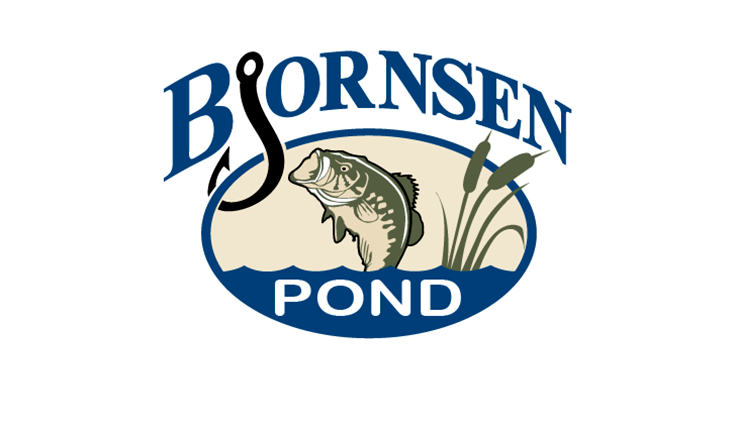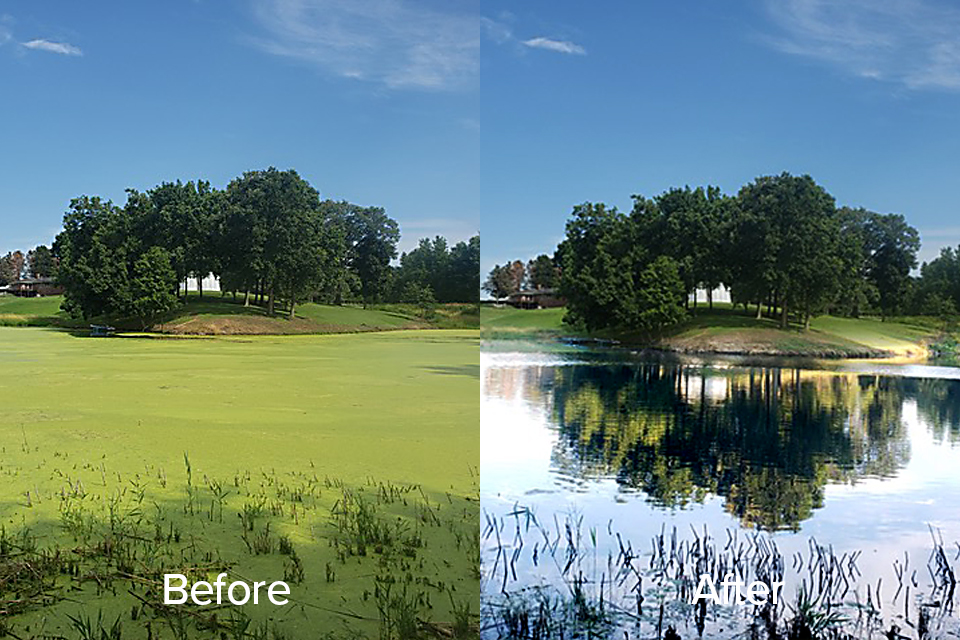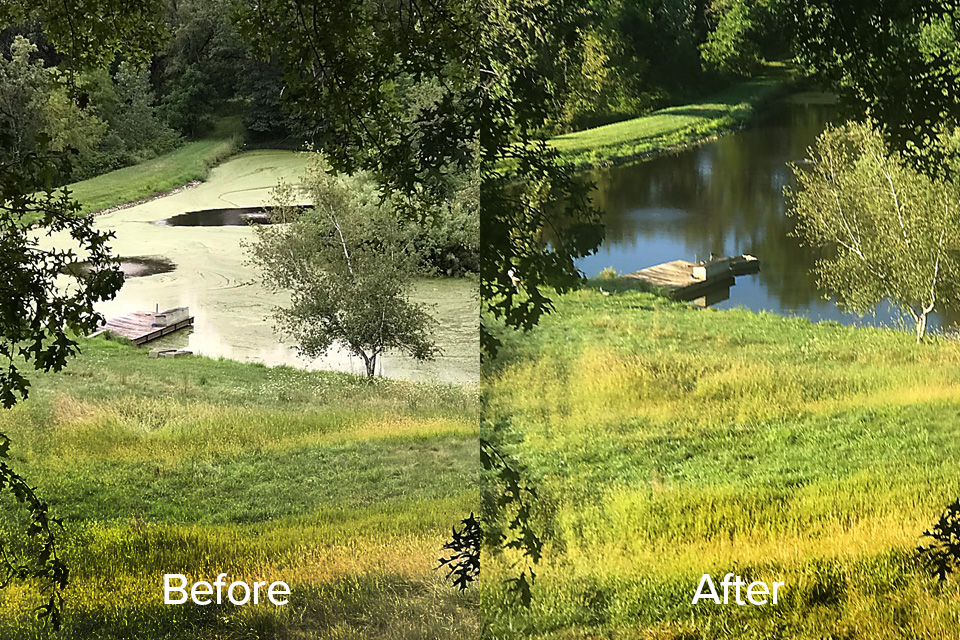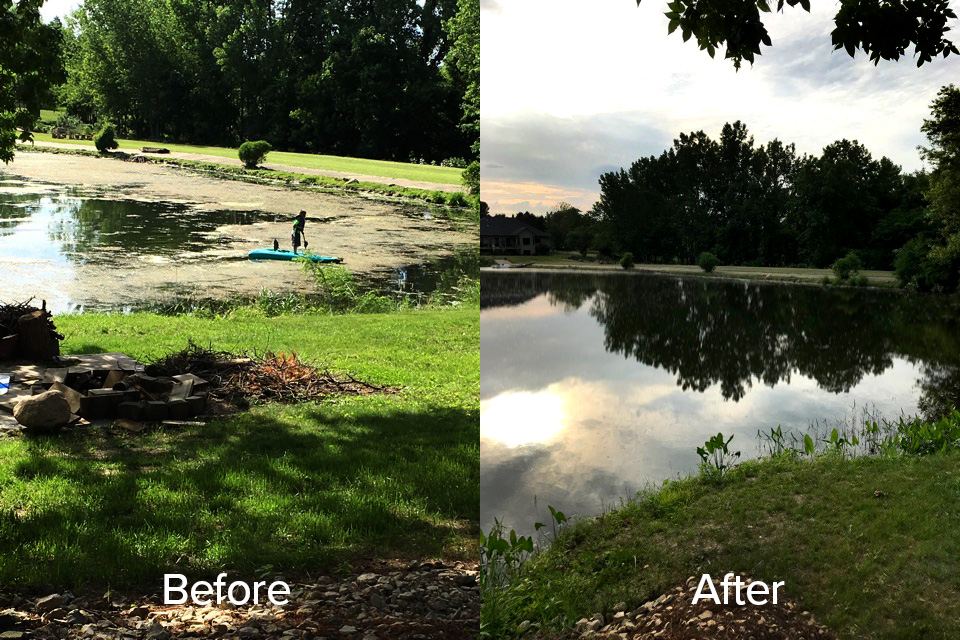Keeping desired vegetation and unwanted invasive plant species in check can be your biggest challenge. Proper vegetation control affects the aesthetic, fishability, and recreational appeal of your pond. Bjornsen Pond Management can help keep your pond in perfect health. We start the process with a visit and a vegetation inventory. From there we recommend various control methods.
Although rooted plants are required for a healthy pond, too many can upset a fishing pond’s balance and become a nuisance. Everyone has different tolerances to pond plant life. Most biologists agree that once the plants cover over 40% of the surface area of a pond, they are over-abundant.
Plant control methods fall into four classes:
- Preventative. Watershed management and shoreline deepening are preventative and are easiest and most effective to implement prior to pond construction. Conservation practices like silt retention structures, wetlands, buffer strips and grass waterways in the pond’s watershed keep soil and plant nutrients from reaching the water. Shoreline deepening creates a smaller area where sunlight can reach the pond bottom, effectively reducing the area that rooted plants will grow.
- Mechanical. In cases where preventative measures are not practical, mechanical methods like hand removal, bottom blanketing, shading, and water draw-down can be effective for short-term control. Removal can be done at any time of year. Plants can be removed by hand, with a rake or by dragging a light wire lattice or steel frame.
- Biological. Control with grass carp (white amur) can provide effective, long-term control for underwater plants, but will not control algae or shoreline plants like cattails. A word of caution; stocking too many grass carp can actually increase the growth of algae and eliminate sport fish habitat.
- Chemical. Using herbicides is another method for seasonal control of aquatic plants.



